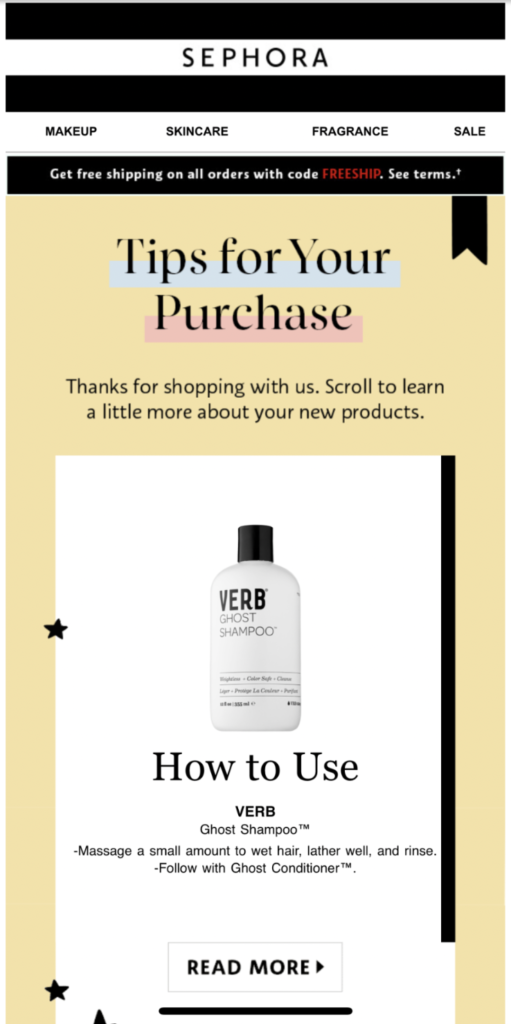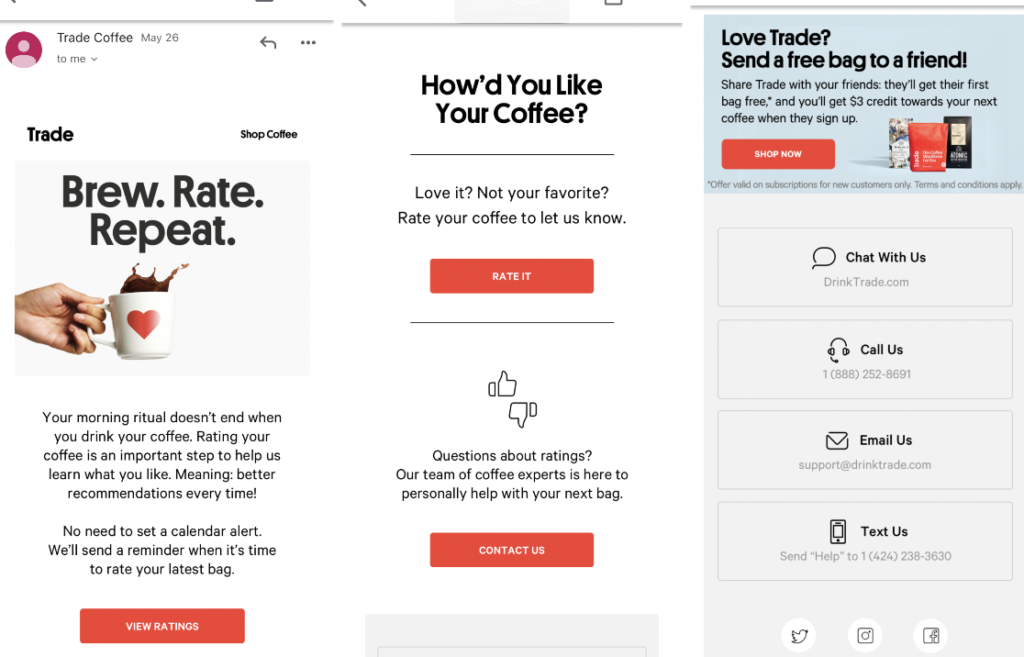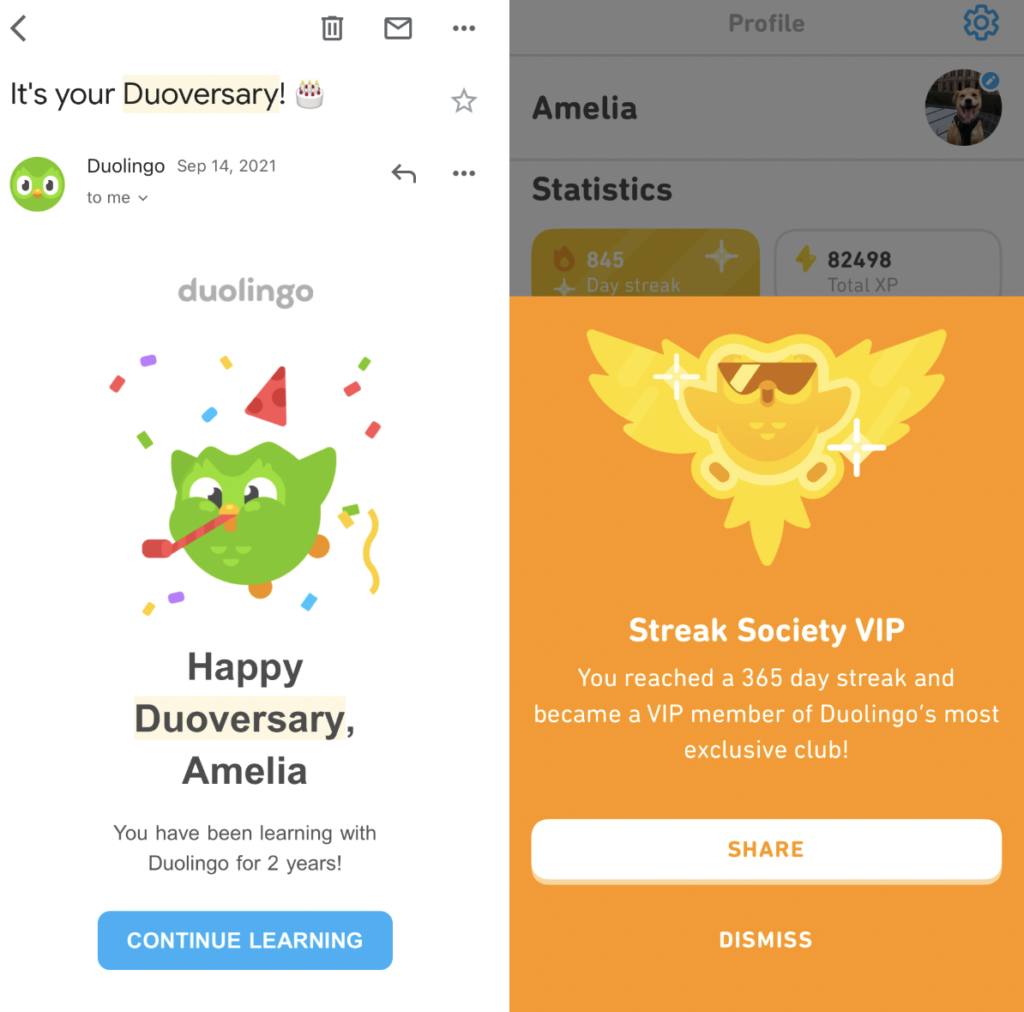The basic marketing funnel has four key stages: awareness, interest, desire, and action. However, true marketing success comes when you consider two additional stages of the marketing funnel: loyalty and advocacy.
Loyal customers become advocates for your business, infinitely expanding your marketing efforts as they sing your praises to their family, friends, and social media followers.
There’s a lot that goes into nurturing these bottom stages of the marketing funnel. One key aspect is customer onboarding.
Sections
What is customer onboarding?
Customer onboarding is a process that takes place after your customers have purchased your product. Its purpose is to help your customers feel comfortable using your product and nurture them toward loyalty. Typical customer onboarding process may include step-by-step instructions for using your product, introductions to your support team for more help, and milestone celebrations to keep customers engaged and feeling happy. Marketing materials may include drip email campaigns, video guides, interactive tutorials, and more.
Benefits of customer onboarding
The cost of acquiring a new customer can cost anywhere from five to 25 times more than retaining an existing one. Anything you can do to retain existing customers is a worthy effort, which is what makes customer onboarding so valuable. For example, customer onboarding:
- Reduces churn. Because your customers learn how to use your product, they are less likely to get frustrated and abandon you for a competitor. They are also more likely to appreciate the value of your product.
- Increases customer satisfaction. Customer onboarding invites your customers to discover how to get the most out of your product. With a successful onboarding process, customers feel confident they know how to use your product. It feels easy and intuitive to them, and most importantly, it feels valuable.
- Boosts referrals. When you successfully onboard your customers, they understand the value of your product, and they feel like they’ve got the hang of using it. Those are both key factors in whether they choose to refer more customers your way.
By reducing churn and increasing customer satisfaction, customer onboarding lowers acquisition costs and boosts revenue at the same time, leading to positive business growth.
What a customer onboarding process might look like
As we mentioned above, customer onboarding can include email drip campaigns, tutorials, and more. Here are a few examples of customer onboarding from the real world.
Beauty tutorials with Sephora
A few weeks after a customer has received their product, Sephora sends an email drip campaign with quick tips for getting the most out of their purchase. This reminds customers to actually use the product, and it also builds their relationship with Sephora — encouraging them to view the brand as a helpful beauty advisor.

Support from Trade Coffee
Customer churn is a common issue for subscription brands. That’s why subscription coffee service Trade Coffee keeps customers engaged with onboarding emails. With each stage of their subscription — orders, rating, and reordering — the brand includes quick, helpful messaging that walks customers through the process. The example below is from one of their rating emails. Not only do they explain how the process works and why it’s important, but they include multiple links to contact the brand for more support.

Celebrating milestones with Duolingo
Popular language learning app Duolingo is famous for its TikToks, but some of the brand’s popularity comes from their in-app gamification. The app celebrates every time the user, or one of their friends, achieves a milestone. Big milestones like an anniversary receive an email campaign, while smaller ones are celebrated in-app. Whatever the milestone, the brand always finds a way to include a CTA: log back in and keep learning, or share on social media and spread the word about Duolingo.

Keep customers on board with customer onboarding
Customer onboarding helps customers feel more comfortable using your product, leading to higher satisfaction rates and less customer churn. It’s a key tool in a successful marketing funnel, just as social media ads drive awareness and retargeting ads recapture abandoned carts. Are your marketing efforts optimized for each stage of the funnel? Contact Your Marketing People for your free assessment to find out.







